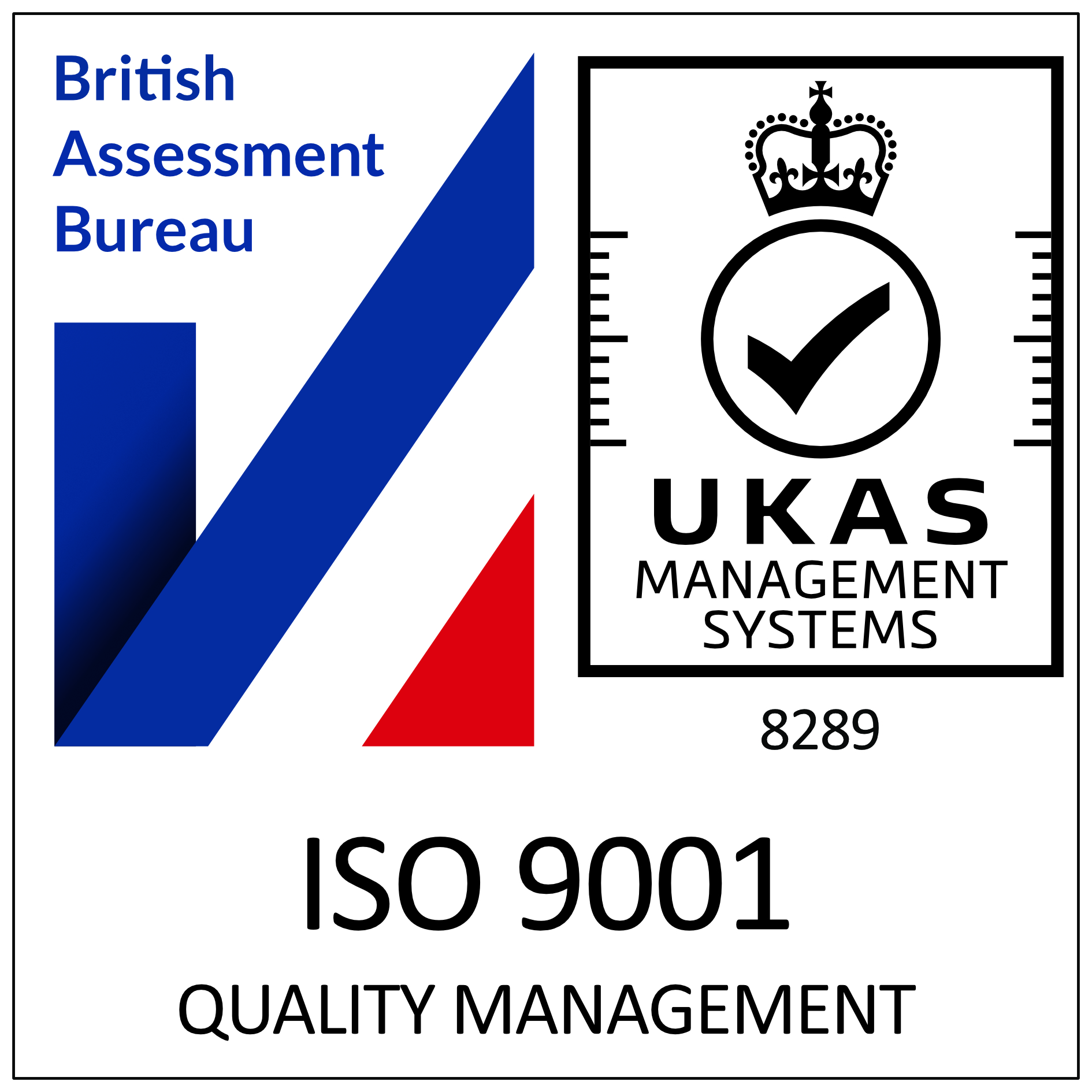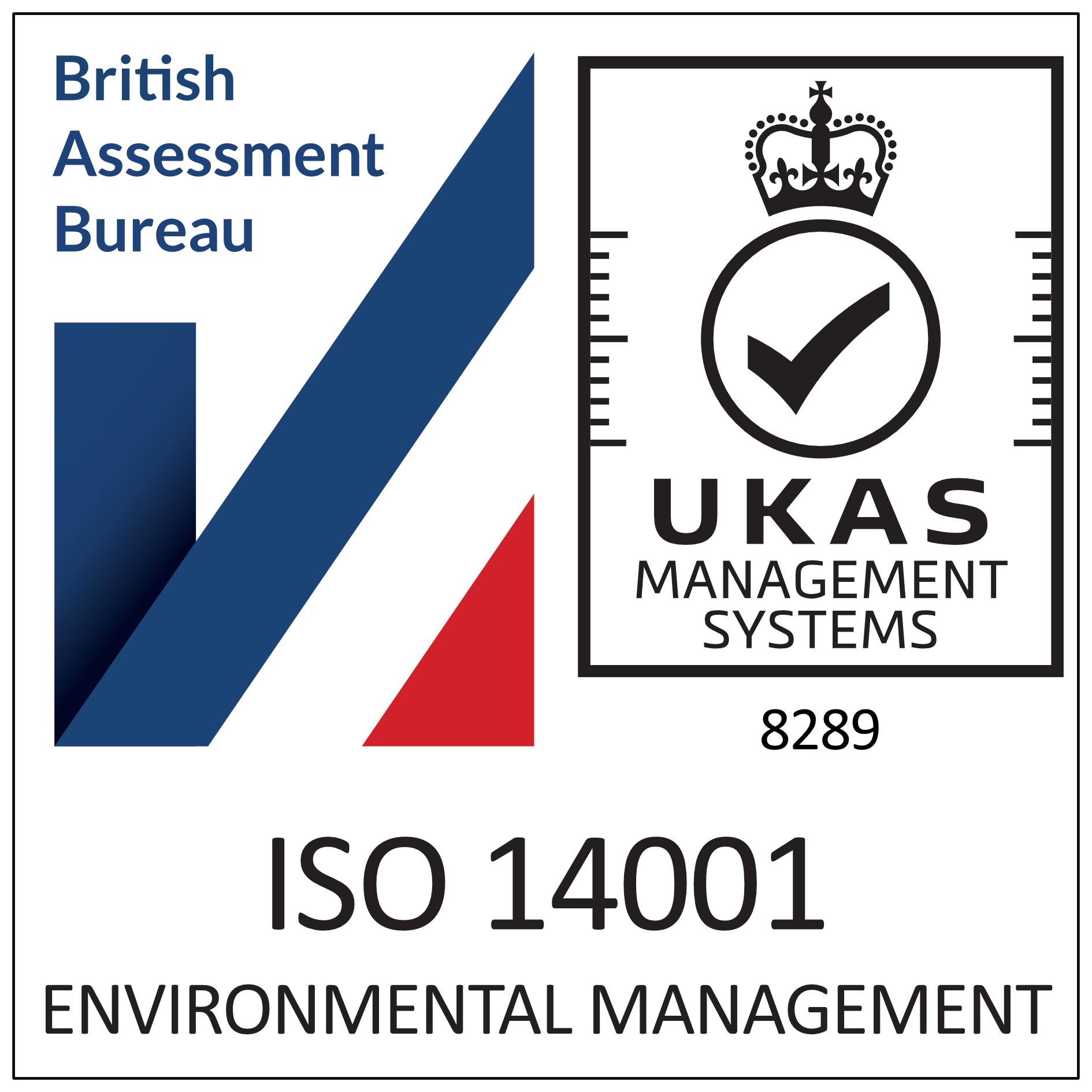Blocking fire exits – What the law says
There is a very simple answer to what the law says in regard to blocking fire exits – DON’T!
There is, obviously, a more complex definition as to how to any building should be catering for emergency situations. In any building, whether it be for residential or commercial purposes, there are strict laws regarding the fire health and safety aspects that MUST be catered for, and adhered to, by those responsible.
All buildings of multiple residential occupation and all places of work will be fitted with relevant fire doors of a specific standard – be they fire rated internal doors or external, security doors. There are strict guidelines and regulations regarding the safety quality and the permanent access to these fire doors. These guidelines are clearly stated in government issued orders.
The Regulatory Reform (Fire Safety) Order 2005
This clearly outlines the responsibilities and procedures that must be in place, and adhered to, for fire outbreak and emergency situations. These measures state that, in order to safeguard the safety of any and all building occupants, the designated responsible person must ensure that all routes to emergency exits from the premises and the exits themselves are kept clear at all times.
The act also lists the following requirements for maintaining the safety of building residents or occupants in regard to fire exits and emergency evacuation and safety routes:
- All emergency routes and exits must lead as directly as possible to a designated place of safety
- In any event of fire outbreak or danger, there must be available evacuation routes from the premises as quickly and safely as possible
- There must be an adequate provision of emergency routes and exits in regard to the number of them, their dimensions and their placements around the building that will sufficiently cater for the size of the building and the potential maximum number of occupants at any one time. These emergency routes must also offer relevant access to the emergency equipment installed around the building
- All emergency doors MUST open in the direction of the designated escape route
- NO sliding, or revolving doors, can be used for exits on a designated escape route or emergency exit
- Emergency doors MUST NOT be locked or fastened in a manner that they cannot be easily, and immediately, opened by ANY person who may require to access them in an emergency. You must consider elderly, infirm and people of restricted physical ability in these considerations
- All emergency routes and exits must be clearly signposted, indicated and identified
- Any emergency route or exit that requires illumination must be provided with emergency lighting or adequate intensity in the case of potential failure of the normal lighting in an emergency situation
Enfield Doors provide bespoke fire safety doors for any environment, from fire rated internal timber doors to complete door sets that can cater for acoustic aspects as well as the essential European and UK fire safety requirements.
Enfield Doors
Our team of experts is always on hand to guide you and give you sound and pragmatic advice based on years of experience and successful installations.
If you would like further information on our company please click here, or please contact us and we will respond as quickly as possible. We look forward to helping you.








